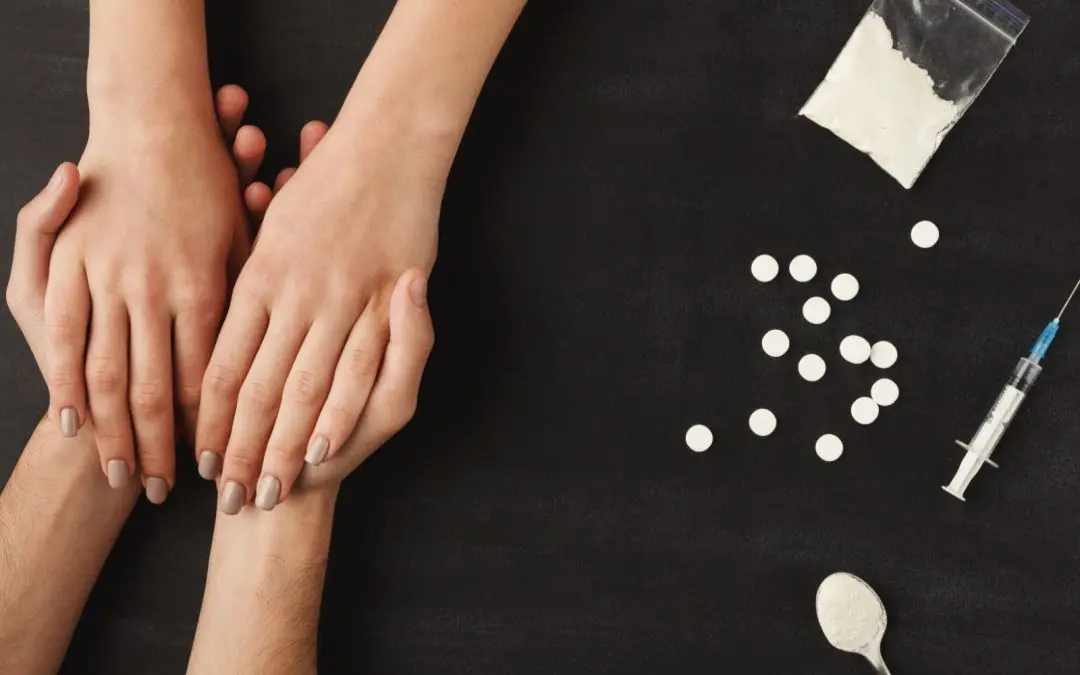24/7 Helpline:
(866) 899-221924/7 Helpline:
(866) 899-2219
Learn more about Ritalin Rehab centers in Estelline
Ritalin Rehab in Other Cities

Other Insurance Options

Holman Group

Ceridian

Private insurance

Meritain

Lucent

Sutter

Humana

Ambetter

Self-pay options

American Behavioral

GEHA

Health Net

Anthem

Aetna

AllWell

Magellan

WellPoint

MHNNet Behavioral Health

Excellus
Beacon












